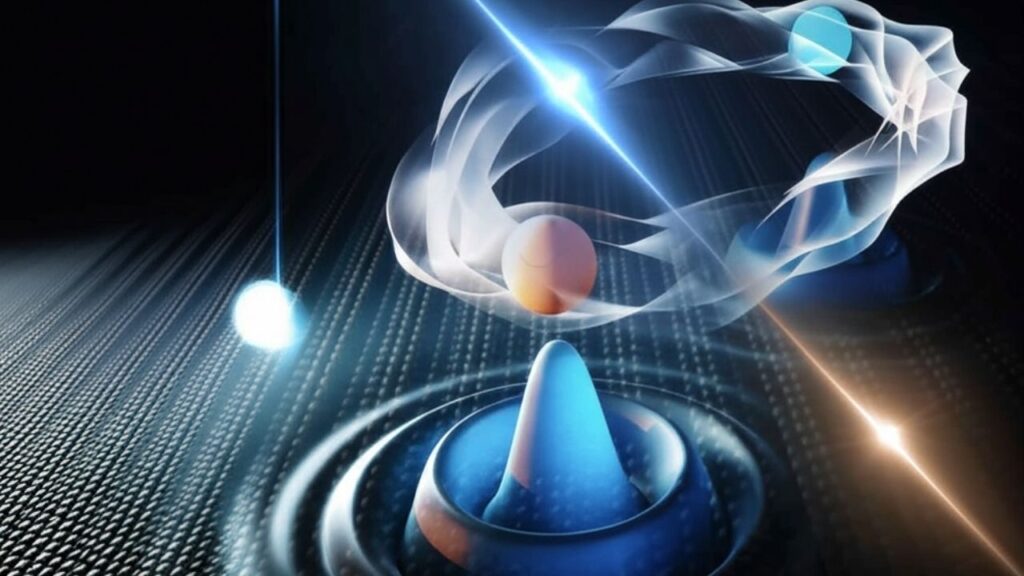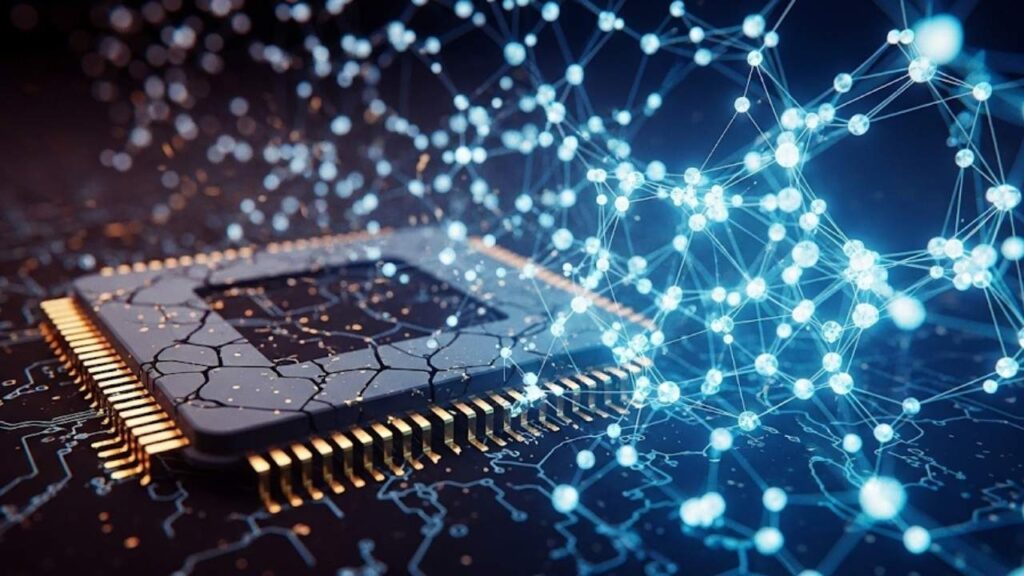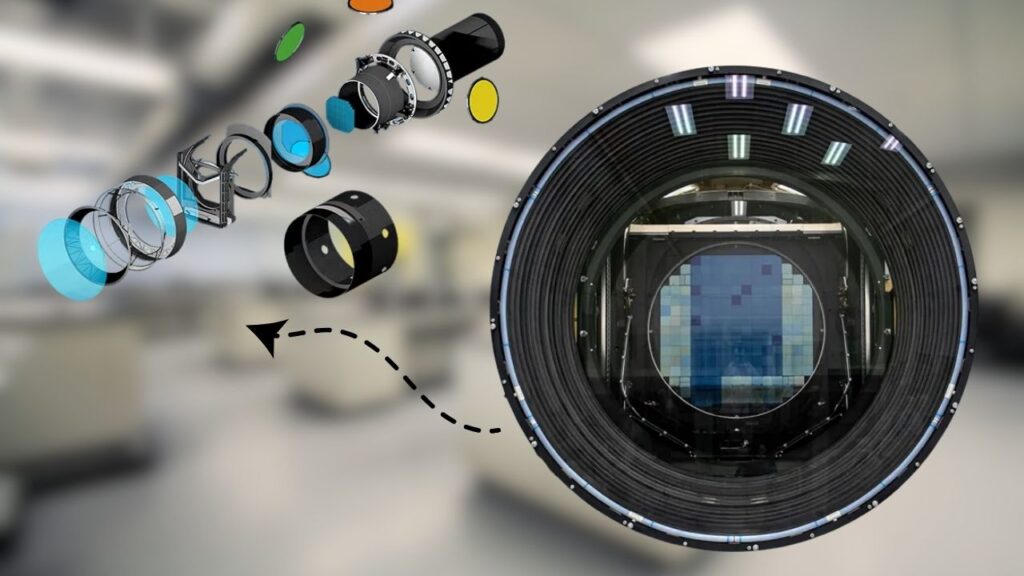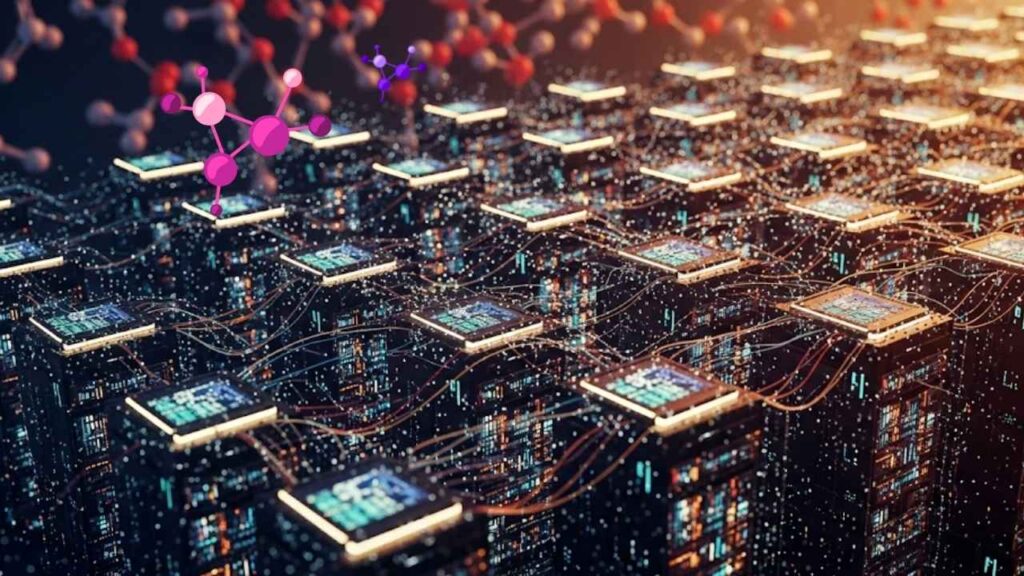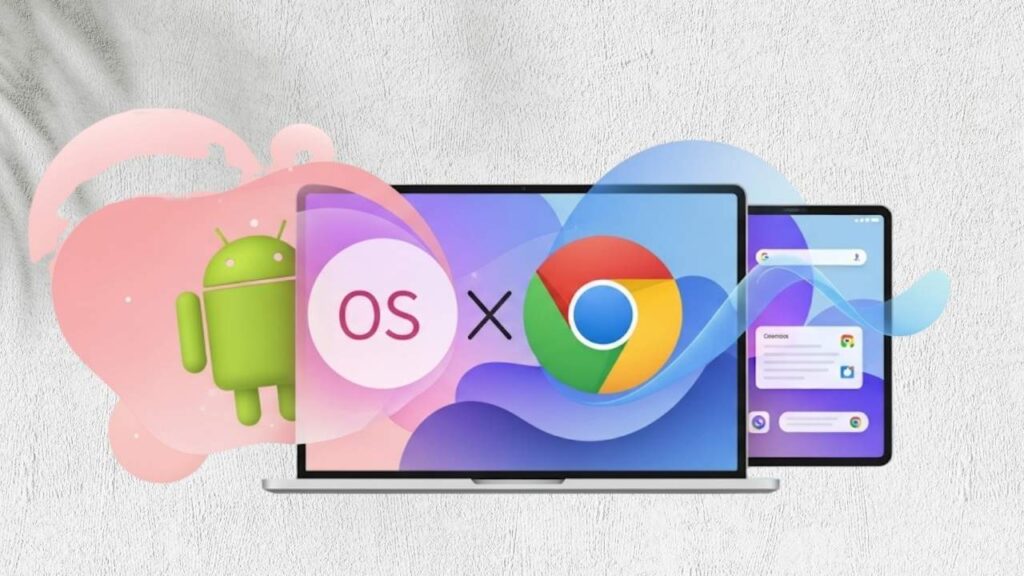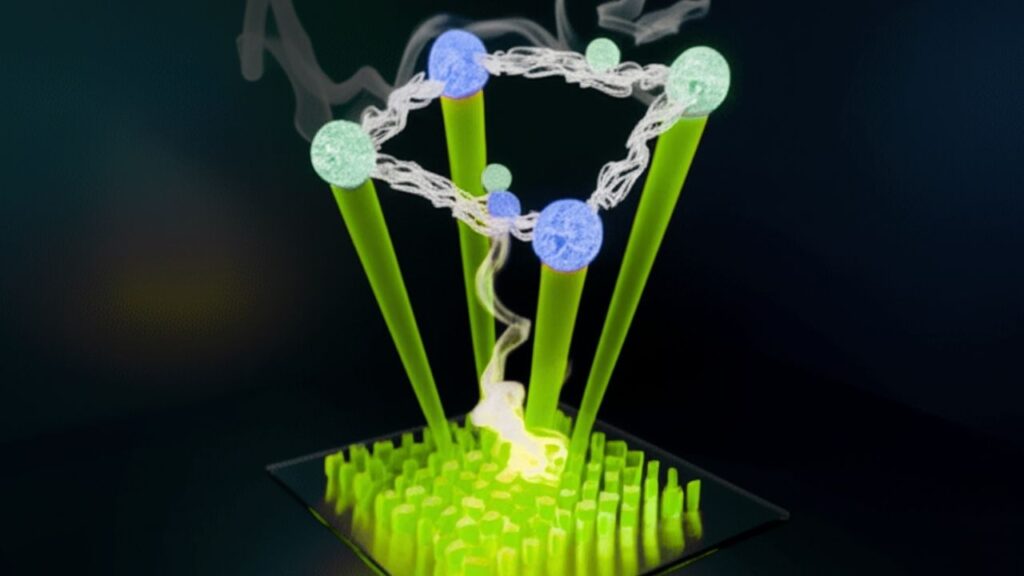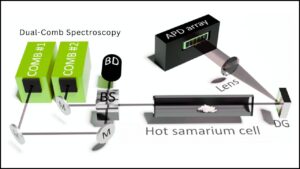Japan has just made history by setting a new world record for internet speed—1.02 petabits per second (Pbps). That’s over a million times faster than the broadband most people use at home. To put it in perspective, with this speed, you could download the entire Netflix library or the English version of Wikipedia in just one second. This isn’t just a lab experiment—it’s a real-world demonstration of what’s possible with today’s technology, and it has huge implications for everyone, from kids streaming their favorite shows to professionals building the next generation of global networks.
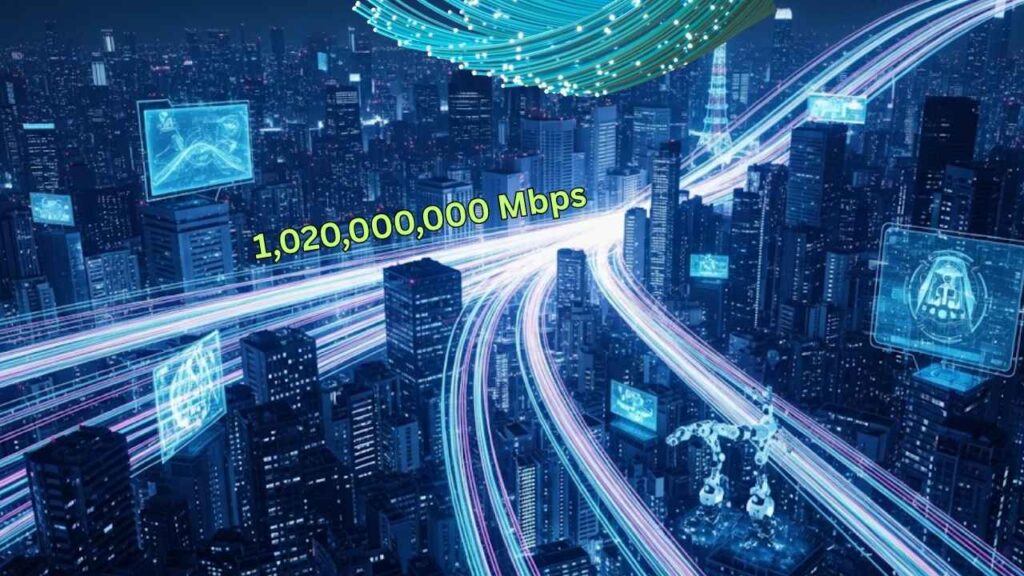
The achievement comes from the National Institute of Information and Communications Technology (NICT), a leading research organization in Japan, in collaboration with industry partners. They used a specially designed 19-core optical fiber cable that’s the same thickness as the cables already buried under our streets, but can carry vastly more data. This breakthrough shows that ultra-fast internet is possible over long distances, using infrastructure that could be rolled out in the real world. It’s a glimpse into the future of connectivity, and it’s closer than you might think.
Table of Contents
Japan’s Internet Speed Record
| Aspect | Japan Record (2025) | U.S. Average (2025) | India Average (2025) | Professional Insight |
|---|---|---|---|---|
| Internet Speed | 1.02 Pbps (1,020,000,000 Mbps) | ~290 Mbps | ~63.55 Mbps | Network engineers and IT professionals: Multi-core fiber is the future backbone. |
| Multiple of U.S. Avg. | ~3.5 million times faster | 1x | — | Telecom leaders: Scalable, high-capacity networks are now within reach. |
| Multiple of India Avg. | ~16 million times faster | — | 1x | Tech innovators: Prepare for exponential growth in data demand. |
| Key Technology | 19-core optical fiber | Standard fiber | Standard fiber | Infrastructure planners: Upgrades can leverage existing cable ducts. |
| Official Reference | National Institute of Information and Communications Technology (NICT) |
How Japan Achieved This Record-Breaking Speed
The Science Behind the Speed
At the core of this achievement is a 19-core optical fiber cable. Most internet cables today use a single glass core to send light signals, but Japan’s new cable packs 19 separate cores into the same tiny space—about 0.125 mm in diameter, the same as standard cables. Imagine turning a one-lane road into a 19-lane superhighway without making the road any wider. That’s what this technology does for data.
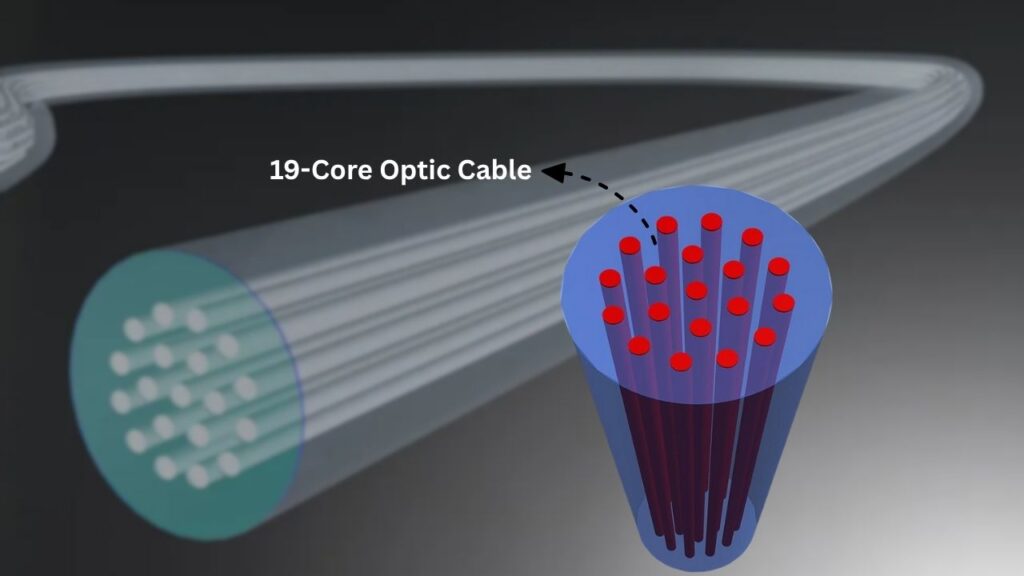
Researchers transmitted data through 19 loops of cable, each 86.1 km long, repeated 21 times, covering a total distance of 1,808 km—roughly the distance from London to Rome. They managed 180 separate data streams at once, pushing the total data transfer rate to 1.86 exabits per second per kilometer, the highest ever recorded. This experiment wasn’t just about raw speed; it was about proving that such speeds are possible over the kinds of distances needed for real-world networks.
Why Distance Matters
Sending data fast in a lab is impressive, but doing it over long distances is what makes this breakthrough practical. The ability to maintain these speeds over 1,808 km means the technology could be used for undersea cables connecting continents, national internet backbones, and data center interconnects. This is crucial for cloud computing, artificial intelligence, autonomous vehicles, and real-time global services—all of which depend on moving massive amounts of data instantly.
The Role of Wavelength Division Multiplexing
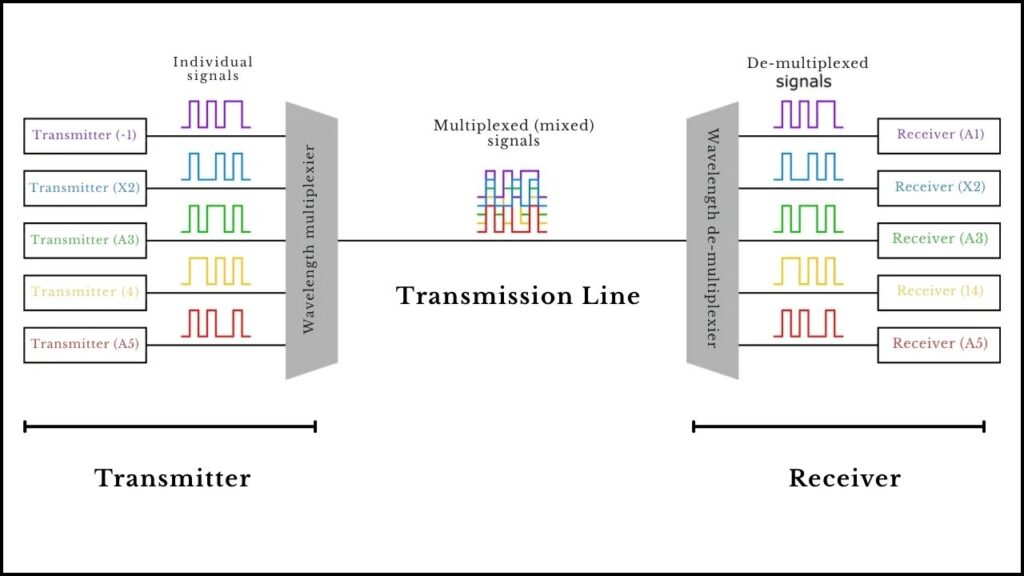
Another key technology in this achievement is wavelength division multiplexing (WDM), which allows multiple colors (wavelengths) of light to travel down the same fiber at the same time. By combining WDM with the 19-core fiber, researchers were able to send hundreds of separate data streams simultaneously, each at incredibly high speeds. This approach is like having hundreds of express trains running on parallel tracks, all within a single cable.
What Can You Actually Do With 1.02 Petabits Per Second?
Let’s make this concrete with some everyday examples that anyone, including a 10-year-old, can understand:
- Download the entire Netflix library in one second.
- Download every game on Steam in less than 10 seconds.
- Stream 10 million 8K ultra-HD videos at once—enough for everyone in a major city to watch a different movie in perfect quality, all at the same time.
- Back up all of Wikipedia’s content 10,000 times in a single second.
- Download 127,500 years of music in one second.
These examples aren’t just fun—they show how massive data needs are driving the need for faster networks. AI training, autonomous vehicles, real-time translation, and global cloud services all depend on moving huge amounts of data instantly.
Why Isn’t This Speed Available at Home Yet?
While 1.02 Pbps is an incredible achievement, it’s important to understand that you won’t see these speeds at home anytime soon. This technology is currently for research, backbone networks, and major data centers. Your home internet is still limited by the last mile—the connection from your local exchange to your house, which usually uses older, slower cables.
However, governments, telecom companies, and tech giants are paying close attention. This breakthrough could shape the 6G networks of the future, national broadband plans, and the next generation of undersea cables. For professionals in tech, telecom, and IT, this is a signal to start planning for a world where data moves at the speed of light.
How Does This Compare to Current Internet Speeds?
Let’s look at some real-world numbers to see just how far ahead Japan is:
- United States: Average broadband speed is about 290 Mbps.
- India: Average internet speed is about 63.55 Mbps.
- Japan’s record: 1.02 Pbps (1,020,000,000 Mbps), which is 3.5 million times faster than the U.S. average and 16 million times faster than India’s average.
Even the fastest public internet in the world is a tiny fraction of what Japan just achieved. This record is a reminder of how much room there is for growth in global connectivity.
What Does This Mean for the Future of the Internet?
For Everyday Users
For most of us, faster internet means smoother streaming, quicker downloads, and more reliable video calls. Buffering could become a thing of the past, and cloud gaming or VR experiences could feel instant, even with huge files. As backbone networks get faster, the overall quality and reliability of internet services will improve for everyone.
For Professionals and Businesses
Businesses that rely on big data, AI, and global cloud services will benefit the most. Data centers can transfer backups and updates in seconds, researchers can share massive datasets instantly, and developers can deploy apps globally without delay. For network engineers, IT managers, and tech leaders, this is a call to start learning about multi-core fiber and advanced optical networking. The skills needed to design, build, and maintain these networks will be in high demand.
For the Tech Industry
This breakthrough is a blueprint for the next decade of internet infrastructure. Network engineers and telecom professionals should start preparing for a future where data demand grows exponentially. Tech leaders and policymakers need to plan for national and global upgrades to keep up with this demand. The transition won’t happen overnight, but the direction is clear: faster, more reliable, and more scalable networks are the future.
How Can You Prepare for the Future of Internet Speeds?
For Individuals and Families
- Stay informed about upgrades in your area. As backbone networks improve, your home internet will get faster over time.
- Consider fiber-optic internet if it’s available. Fiber is the future, and early adopters will see the biggest benefits.
- Think about future-proofing your home network with modern routers and Wi-Fi 6 or Wi-Fi 7 equipment.
For Professionals and Businesses
- Invest in training for your IT team on fiber-optic technologies and network design.
- Plan for scalability in your data center and cloud strategies. The ability to handle massive data flows will be a competitive advantage.
- Collaborate with telecom providers to understand when and how these technologies will reach your region.
For Students and Young Innovators
- Explore careers in network engineering, data science, and telecommunications. The demand for skilled professionals in these fields will grow rapidly.
- Learn about optical fiber, wavelength division multiplexing, and network architecture. These topics will be at the heart of the next generation of internet technology.
FAQs About Japan’s Internet Speed Record
Q: When will I get 1.02 Pbps internet at home?
A: Not for many years, if ever. These speeds are for backbone networks and data centers, not home connections. Your home internet will improve, but it will take time and major infrastructure upgrades.
Q: How is this different from 5G or 6G?
A: 5G and 6G are wireless technologies for your phone and devices. This record is about fiber-optic cables that connect cities, countries, and continents. Both are important, but fiber is the backbone that makes fast wireless possible.
Q: Will this make my current internet faster?
A: Not directly. But as backbone networks get faster, your overall experience (streaming, downloads, cloud services) will improve over time.
Q: Is this safe? Could it overload the internet?
A: The technology is safe and designed to handle massive data. Overloading isn’t a risk—these networks are built to scale with demand.
Q: What jobs will this create?
A: Network engineers, fiber optic technicians, data center managers, AI researchers, and cloud architects will all see growing demand as the world’s data needs explode.
Conclusion
Japan’s 1.02 petabits per second internet speed record is a milestone for humanity, not just for tech enthusiasts. It shows what’s possible when innovation meets infrastructure, and it sets the stage for a future where data moves at the speed of thought. For professionals, it’s a call to prepare for the next wave of digital transformation. For everyone else, it’s a reminder that the internet is still young—and the best is yet to come.
Official reference for updates: National Institute of Information and Communications Technology (NICT)
Article Excerpt
Japan has set a new global internet speed record of 1.02 petabits per second—fast enough to download the entire Netflix library in one second. Using a revolutionary 19-core optical fiber cable the same size as today’s cables, researchers achieved this feat over 1,808 km, proving that ultra-fast, scalable networks are possible with existing infrastructure. While home users won’t see these speeds soon, the breakthrough is a major leap for AI, cloud computing, and global connectivity, signaling a transformative decade ahead for the internet and those who build it.
